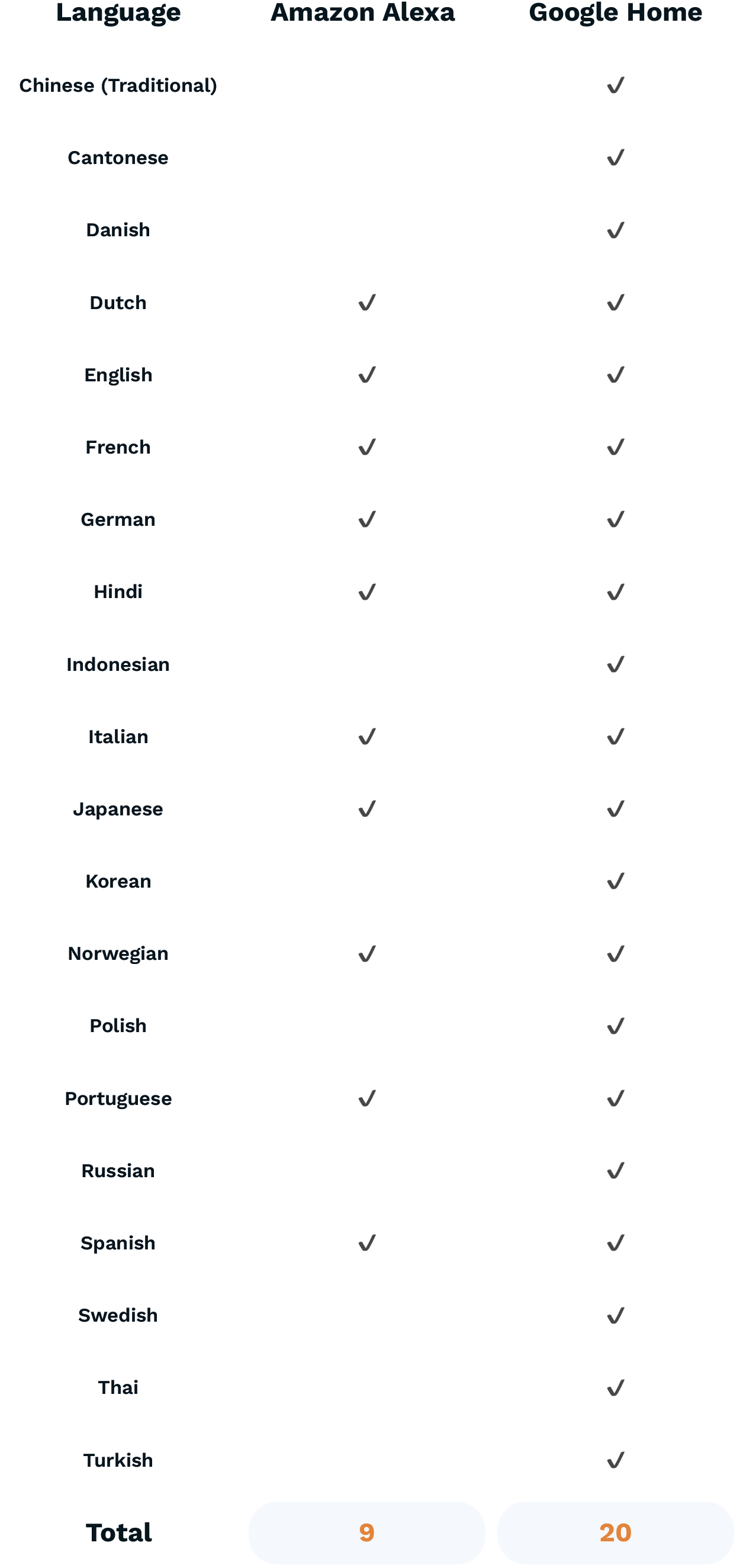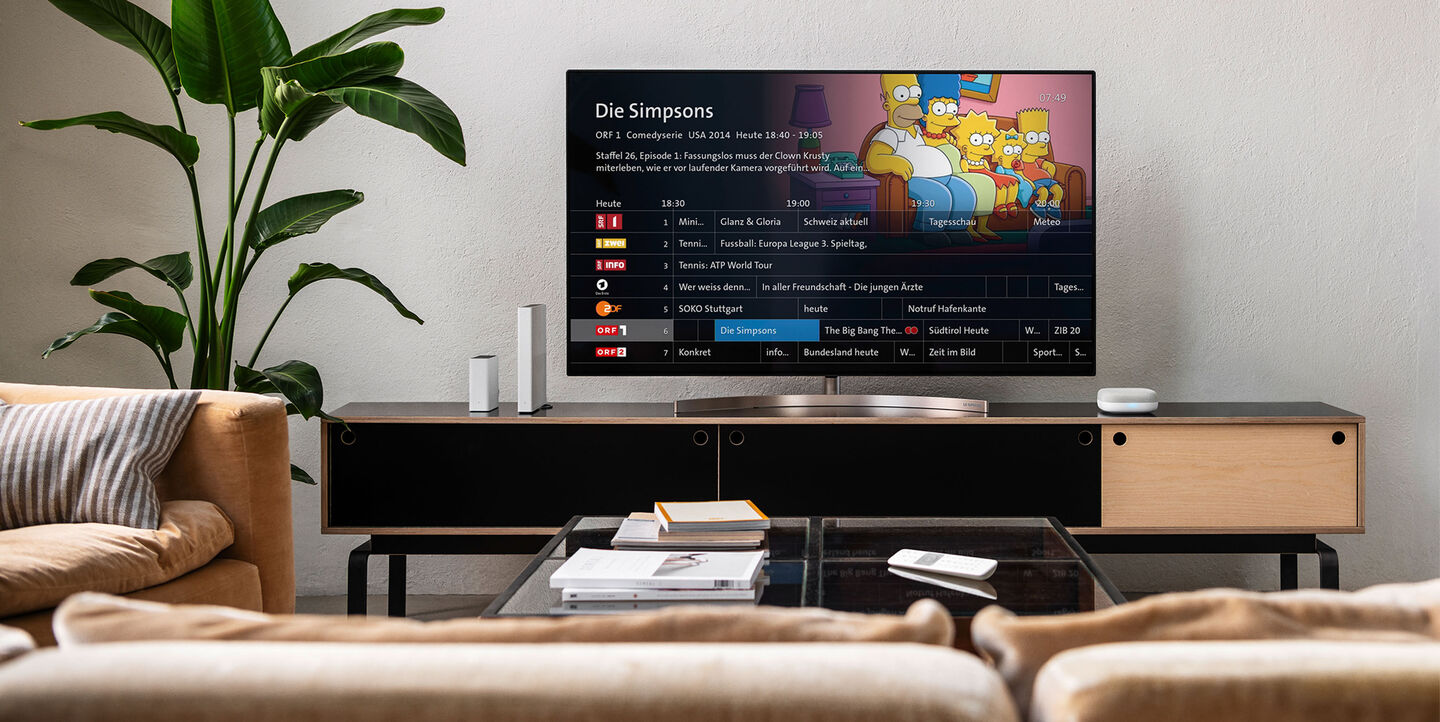From a global perspective, not everyone of the almost eight billion people has the luxury of having user interfaces available in their own native language and this problem becomes even more prominent when looking at today’s most popular smart speakers.
There is a total of 7,117 languages spoken in the world today, although there are 23 major languages that are spoken by a staggering 50% of the world’s population. Obviously, a brand deciding which languages they want their AI to learn would focus on these 23 languages due to the large number of potential users, but what about the people whose native language belongs to the remaining 7,094?
In a world where voice technology seems to play an increasingly important role in the form of smart speakers, smart home devices, voice search, and voice shopping, it becomes equally important for people to gain proper access to this technology. And the only way to do that is by making sure that the voice assistant understands the user and the user understands the voice assistant in return.





